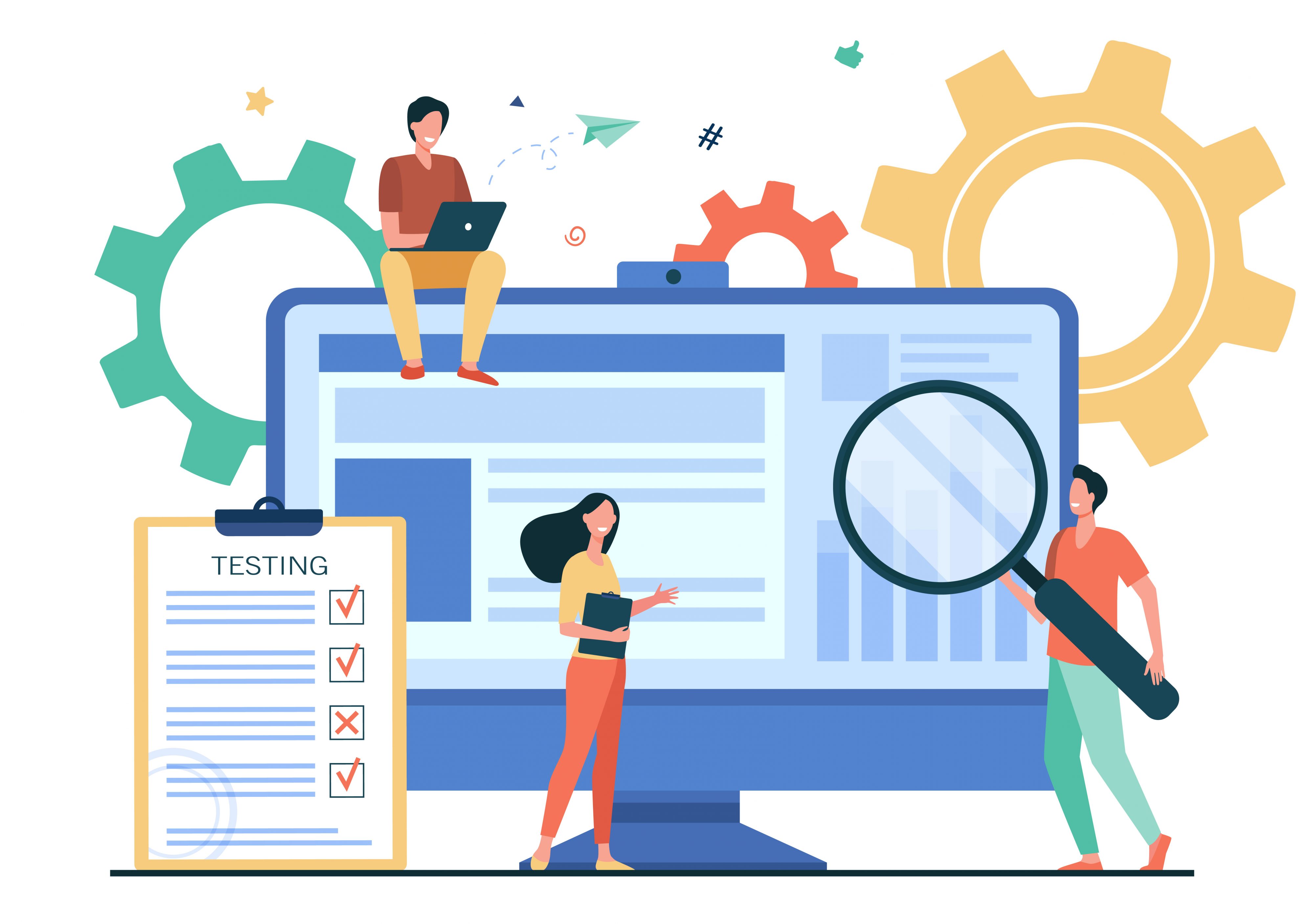Implementation: Seamless Workflows with Integrations
(4 minute read)
One of the most important things that you should consider when looking for a software provider is what integrations they offer, as well as how you can potentially integrate.
Why? Well, no one wants to use a document automation platform that doesn’t integrate with their existing CRM. This would mean having to copy and paste the information from, for example, Salesforce directly into the platform – increasing the risk for mistakes, which you were most likely aiming to minimise in the first place when you embarked on your document automation journey. In order to encourage the adoption of your document automation solution, you should be prioritising integrations with your existing systems.
This article is going to focus solely on integrations, including:
- What are integrations;
- No-code integrations versus APIs;
- What you should be looking for and questions you should be asking;
- What steps should you take during a rollout
By the end of this article you’ll be confident when speaking to vendors about integrations, as well as understanding what the integration process and rollout will look like.
What are integrations?
You’ve likely heard the word integrations thrown around a lot, especially as you’ve set out on your document automation journey, but it is best to take a step back and think about what an integration actually is. Put simply, an integration means to unite one piece of technology with another and typically to transfer data between them.
Breaking it down even further, you can think of an integration as different technology platforms speaking with each other. This normally happens in one of two different ways:
- One of the systems pulls data from another;
- Or the system pushes data to another.

What’s the difference? If system A pulls data from system B, that means that system A is the one that can now manipulate and use the data in some way in their system. This might be done by populating the questionnaire with a customer’s information from system B’s CRM tool, or creating new users and adding them to documents. On the other hand, when system A pushes data to system B this is likely for system B to use the data. For example, pushing a completed document back in to your document management system once you’ve signed the contract.
What’s important in both scenarios when looking at pushing or pulling data is that either system can be the one that triggers the transfer of data. This flow of data is something that you should be thinking about when you are looking at the integration options from various providers, as well as what you would need from an integration internally.
When considering what types of integrations you may come across in the document automation market, you should be looking at receiving data from one of the tools that you already use internally to fill out the questionnaires, sending completed questionnaires and the relevant data to your CRM system, or integrating with an e-signature platform like DocuSign and Adobe Sign. For example, you can check our the different integrations we offer at Avvoka that allow you to integrate Avvoka into your existing internal stack.
Different types of integrations
APIs, No-Code, and Webhooks – oh my! You might be a bit overwhelmed at the thought of integrations and the various options available, but we’ll try and make them as simple as possible for you.
What’s important to remember is that regardless of the terms used, an integration at its core is the transfer of data between two different systems. Each method is just a different way of accomplishing that transfer.
- An API, or Application Programming Interface, is a set of methods that allows others to access different parts of an application. This might mean you can add users, create documents, or download documents without having to access the application itself. What’s important is that some software systems APIs are more extensive than others and will allow you to achieve more, so it’s important to look at what functions the API actually allows to ensure that it meets your integration needs.
- If they do have an API, what comes next? Typically either your vendor’s software developers or your own will programme an interface that acts as a middleman between the two systems. This means that it calls the different functions from the document automation solution’s API based at pre-defined timings. Typically, you are merging together two APIs at this stage to have them communicate.
- Webhooks, like an API, are something that you can leverage for third party integrations. This time, instead of the middleman interface calling the document automation provider’s API, it is listening for calls or ‘notifications’ from the platform instead. Webhooks will send a message to your chosen URL based on different actions. These actions might include when a document is signed or created. This means that rather than your API interface constantly checking for every document created and its status afterwards, it is able to just wait for the notification.
- Typically what happens after the notification is that you might leverage the API to download the signed document, for example, after the webhook that notified you it had been signed. Webhooks are also great for integrations with tools like Slack, to send messages every time the status of a document changes.
- No-Code integrations refer to integrations that have already been set up and pre-configured. You won’t need the middleman interface that you do with webhooks or an API, and you can typically provide your third party account details directly to the system’s platform. This is like when you can link your Instagram account directly from another tool. To be able to do that, you didn’t need to build the integration first.

What you should be looking for
The integrations you’ll need will largely depend on your existing software tools and how you plan to implement your chosen document automation tool at your business. Here are a few considerations to make when deciding which integrations to implement:
- The tools already in use at your workplace – which tools do you already use? If there is a CRM tool relied upon across your organisation, it will be important to integrate that with the document automation tool. Picking a tool that fits in seamlessly with the software you already use will ensure you’re not adding any additional work for your employees when you are meant to be saving them time.
- What you’d like to get out of your document automation platform – are you interested in integrating with an AI tool for additional insights? Or maybe you’re looking to have a more seamless workflow, rather than having to bounce between different tools. Your needs will determine whether you need any integrations!
- What data do you need transferred between systems? This is an important question, as it underpins how your integration will work. Just because your chosen solution has an API and so does your existing DMS, this does not mean that they are going to integrate easily if you decide that you want to include the metadata from your document as well. Ideally, you will have considered what data you need to be integrated before looking for a solution to ensure you know that it can be easily transferred between systems.
Now if you have decided to include some integrations, it’s important to consult with your document automation team:
- Do they support integration? A big one. If a provider can’t integrate with your essential tools, you’ll likely have to look for different software.
- What is their current testing strategy? Will your team ensure that the integration successfully works before completing the project.
- How will the integration work? Will it be seamless? Ensure you are on the same page as the software company by asking lots of questions and having them walk you through how the integration will work.

Rolling Out Integrations
Once you have asked your necessary questions and are ready to develop and roll out your integrations with your document automation provider its important to you are ready to do so. We’d recommend:
- Having a plan – as we keep mentioning, it’s important to make sure that you are clear on what data you need to be sending as well as which way the data may flow. You’ll want to make sure that you and your vendor are both clear on what you expect to happen
- Map out the expected user flow – do you want individual users to be able to access the integration? Where should they input their log in details? How often should the data be sent to your CRM system? These are important things to think about when defining the user workflow and touch points with the integration. It’s useful at this point to ensure that you are also communicating with those using your internal systems to make sure you are clear on their expectations
- Agree a development timescale and process – you and your vendor should be clear on what the development process will look like. Note that this will vary depending on who is undertaking the development of the middleman systems if you are using their API or webhooks
- Ensure you test often – try and imagine every way that the integration might be used, and make sure that you test for every outcome. What’s worse than no integration at all is likely an integration that doesn’t do what you expected it to
Summary
To sum it all up, the most important thing that you can do when planning your rollout as well as initially looking for a vendor is to understand what you’d need in terms of integrations. To make sure you are prepared you need to confidently be able to say what data you expect to be transferred between systems, whether that’s a single list of options for a questionnaire answer, the metadata attached to the document, or something else entirely.
No two APIs are built the same, so while it’s good to be on the lookout for a solution with an API its more important to understand how you expect the workflow to be executed once your integration is developed, and to ensure that your document automation system’s integration options can handle that. This is also a conversation that you will likely need to have with your existing vendor’s integration team as well.
Finally, just because a vendor doesn’t list your chosen internal tool as an integration that they offer, it is still worth discussing with them to see if you can leverage something like their API or webhooks to achieve that integration.

If you want to find out how you can get started with document automation, check out The Ultimate Guide: Document Automation 2022 – Our very own e-book where we provide expert legal tech advice about everything you will need to know and learn.
Read more from Avvoka:
- How can a document automation API turbocharge your legal practice?
- Legal technology: how any lawyer can supercharge their practice
- Next generation of lawyers and the call for legal tech
- A Student’s Guide to LegalTech
- The power of no-code automation with Avvoka
By: Amy Conroy
